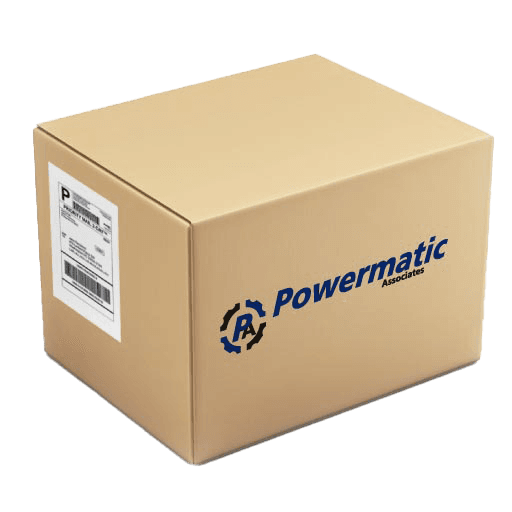All categories
Programmable Logic Controllers
Festo Programmable Logic Controllers on Powermatic Associates


Programmable Logic Controllers- Festo
A digital computer known as a programmable logic controller (PLC) is utilized by industrial entities to manage computer systems. It observes inputs and determines corresponding outputs, making it a crucial element in systems for predictive maintenance.

110 products available

manifold block CPX-P-AB-4XM12-4POL M12 connection. Dimensions W x L x H: (* (inc...
Quick Quote

bus node CPX-FB11 for modular electrical terminal CPX. Dimensions W x L x H: (* ...
Quick Quote

input/output module CPX-L-8DE-8DA-16-KL-3POL Dimensions W x L x H: (* (including...
Quick Quote

bus node CPX-FB6 for modular electrical terminal CPX. Dimensions W x L x H: (* (...
Quick Quote

Shield clamp CAMA-C6-SK-S4 Size: 4, Product weight: 78 g, Materials note: Confor...
Quick Quote

input/output module CP-A04-M12-CL With 4 outputs Authorisation: (* C-Tick, * c U...
Quick Quote

controller CPX-E-CEC-C1 Dimensions W x L x H: 42,2 mm x 125,8 mm x 76,5 mm, Grid...
Quick Quote

interlinking block CPX-GE-EV-V for modular electrical terminal CPX. Max. power s...
Quick Quote

electrical interface CPX-CTEL-4-M12-5POL Dimensions W x L x H: (* (including int...
Quick Quote

bus node CPX-FB33 for modular electrical terminal CPX. Dimensions W x L x H: (* ...
Quick Quote
| Item | Manufacturer | Price | Stock | Delivery | |
|---|---|---|---|---|---|
 | 565706 manifold block CPX-P-AB-4XM12-4POL M12 connection. Dimensions W x L x H: (* (inc... | Festo | Quick Quote | ||
 | 526172 bus node CPX-FB11 for modular electrical terminal CPX. Dimensions W x L x H: (* ... | Festo | Quick Quote | ||
 | 572607 input/output module CPX-L-8DE-8DA-16-KL-3POL Dimensions W x L x H: (* (including... | Festo | Quick Quote | ||
 | 195748 bus node CPX-FB6 for modular electrical terminal CPX. Dimensions W x L x H: (* (... | Festo | Quick Quote | ||
 | 8114689 Shield clamp CAMA-C6-SK-S4 Size: 4, Product weight: 78 g, Materials note: Confor... | Festo | Quick Quote | ||
 | 538790 input/output module CP-A04-M12-CL With 4 outputs Authorisation: (* C-Tick, * c U... | Festo | Quick Quote | ||
 | 5226780 controller CPX-E-CEC-C1 Dimensions W x L x H: 42,2 mm x 125,8 mm x 76,5 mm, Grid... | Festo | Quick Quote | ||
 | 533577 interlinking block CPX-GE-EV-V for modular electrical terminal CPX. Max. power s... | Festo | Quick Quote | ||
 | 1577012 electrical interface CPX-CTEL-4-M12-5POL Dimensions W x L x H: (* (including int... | Festo | Quick Quote | ||
 | 548755 bus node CPX-FB33 for modular electrical terminal CPX. Dimensions W x L x H: (* ... | Festo | Quick Quote | ||




